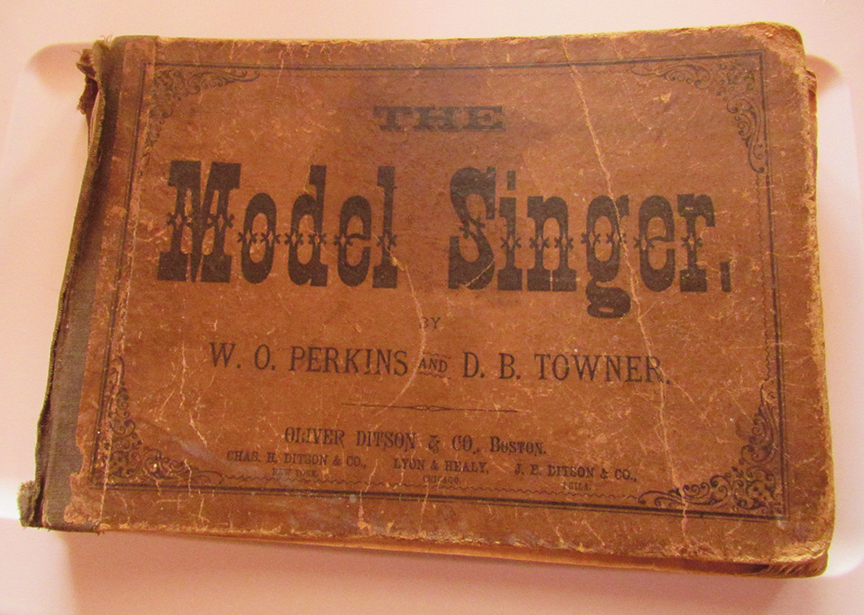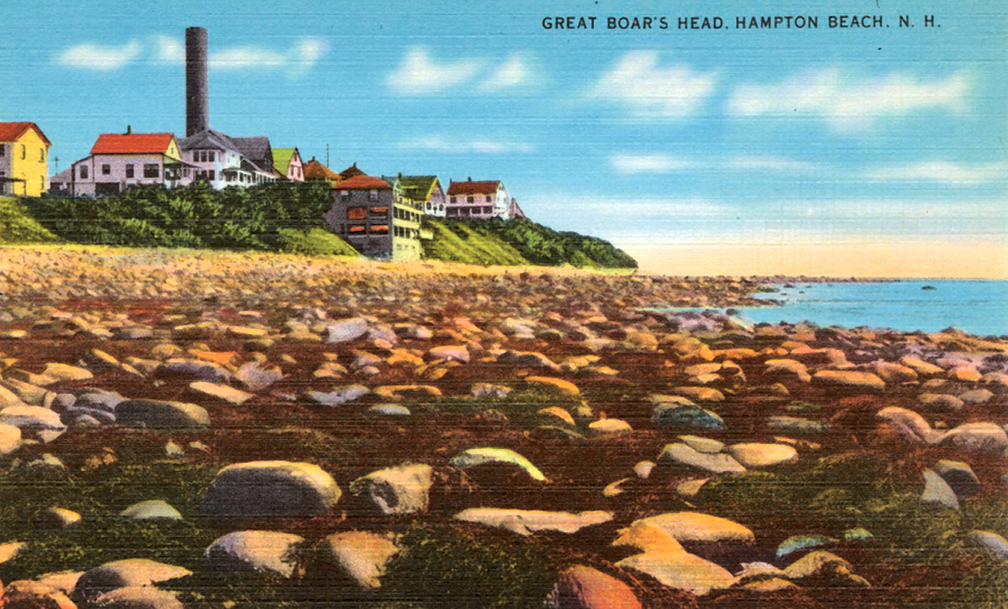Pioneer Doctors In New Hampshire



by Robert Hanaford Smith, Sr.
Weirs Times Contributing Writer
With the present onslaught of the coronavirus health crisis our attention has been drawn to the importance of those in the medical profession in our society. Though the politician of past years is apt to be remembered in the history books more often than the physician, the latter was not of less importance.
An article in The Granite Monthly magazine of January, 1909 on the “Early Physicians of Cheshire County” described the way of life of the pioneer doctors of New Hampshire: “The pioneer doctor’s call did not come by telegraph or by telephone, nor was it answered by wheel carriage, steam or electric cars, or by automobile. It was answered on foot, at times on snow shoes, on horse back, directed by blazed trees, crossing unbridged streams, his path obstructed at times by savages and wild beasts. The pioneer doctor must have been a man of robust constitution and great courage to conquer the elements and the dangers of a new country in order to reach his patients and fight disease and germs, yet he seldom failed to reach the patient in time. He was his own druggist and carried his drug store with him.”

Those pioneers were also apt to have been men of a second profession along with their medical one. That was true of Dr. Simeon Dana who came to my home town of New Hampton from Dartmouth College in the early 1800’s prepared to attend to the physical ailments and teach school. He became one of the prominent preachers of the Baptist Church’s meeting house on the road that, along with the meeting house, now bears his name. Before there were medical schools in New Hampshire, the physicians would prepare by the personal instruction from an established physician who was referred to as a preceptor.
Though better remembered for another reason, the year 1776 brought trouble to Keene, NH and the vicinity around it with the invasion of smallpox. The disease caused a number of fatalities along with some controversy. Some physicians set up private hospitals in order to treat the smallpox and to provide inoculation in an effort to stop its spread. The people in the area, however, were mostly opposed to the inoculation because they believed that the physicians by this means were spreading the disease instead of preventing it. Thirty-five signatures were added to a petition and sent to the legislature asking them to take action to stop the inoculations.

Dr. Amos Twitchell practiced medicine in Keene between 1810 and 1850. He was famous for his surgical skills and in the 1830’s built a hospital on Main Street with 24 rooms. People came from the New England states and beyond for surgery performed by the Doctor who also taught many students pursuing medical careers. The story was told of a farmer who lived twenty miles from Keene who sometimes provided Dr. Twitchell with grain.
The two met one day, and the doctor, seeing that the farmer looked to be in an unhealthy state, asked him how he was doing. With a serious face the farmer responded: “Almost gone, doctor. I shall never bring you any more corn. The physicians have all given me up, and tell me I am dying of consumption.” The doctor replied that he was sorry that he would have no more of the farmer’s corn, but added, ‘…but possibly, after all, it may not be so bad as you think! I may be able to cure you.”
The farmer insisted that it was too late and lamented “I must put my house in order, and prepare to die.” The doctor, however, said that he would make a bargain with the farmer. He told him that if he would follow the doctor’s prescription for three months and recovered, he should pay him 50 bushels of corn. If he didn’t recover and died, the doctor would pay his heirs the value of the 50 bushels of corn in money. The farmer was finally convinced to agree and the doctor gave him his prescription. The man was told to take the quid from his mouth and never to touch tobacco in any form again. Six months went by and the doctor and the farmer met again. The man appeared to be in perfect health and the doctor asked for his corn. The farmer, however, declined to pay, saying that his wife thought the amount was greater than his life was worth. He did finally agree to give Dr. Twitchell three or four bushels of corn and a bushel of white beans.
In the year 1844 Dr. Horace Wells, a native of Westmoreland, N.H., and a famous dentist, was credited with performing the first operation ever without pain with the use of nitrous oxide gas. His dental practice was conducted in Boston and in Hartford, Connecticut. According to The Granite Monthly “ He was a man of great ingenuity, constantly making new instruments and devising new experiments.”
A Doctor Pratt was a Winchester physician in the early 1800’s who was also obviously involved in gardening. It is said that Dr. Pratt was annoyed by some boys who were stealing his watermelons. In the words of Dr. Gardner C. Hill, “ To remedy this he tapped some of the best melons and inserted tartar emetic. The doctor was called soon after, in great haste, to visit several youngsters. On his arrival he found all suffering and vomiting, and some of his melons were in evidence. The doctor realized good pay for all the melons stolen. He had no trouble afterwards.”
Dr. George Farrington had practiced medicine in the late 1700’s and early 1800’s in Winchester. There was in the northeastern part of town a small hamlet. One of the residents was seriously injured in a work-related accident and a message was sent for the nearest doctor, who was Dr. Farrington. The doctor hurried to get to the scene by the nearest route which involved crossing the Ashuelot River. What the doctor didn’t know, or had forgotten, was that the bridge over the river had been washed away, leaving only the piers and uncovered beams remaining. Rather than taking a long detour, Dr. Farrington was said to have dismounted his horse, taken some instruments from his saddlebags, and walked across the river on one of the beams with his horse cautiously following him. After they safely reached the river bank on the 150 foot long beam the doctor remounted and was able to help the injured man. After moving from Winchester to Chesterfield, Dr. Farrington died in that town at the age of 47. His epitaph might well be used as a tribute to many good physicians. It says, in part
“Here lies beneath this monument The dear remains of one who spent
His days and years in doing good; Gave ease to those opres’d with pain,
Restored the sick to health again, And purified their wasting blood.
He was respected while on Earth By all who knew his real worth..”
Robert Hanaford Smith, Sr., welcomes your comments at danahillsmiths@yahoo.com.



